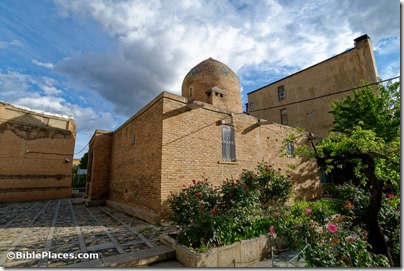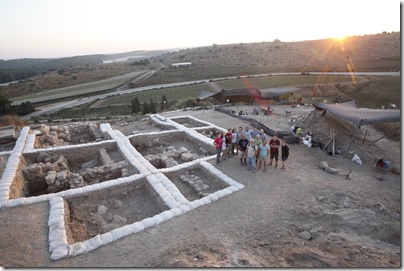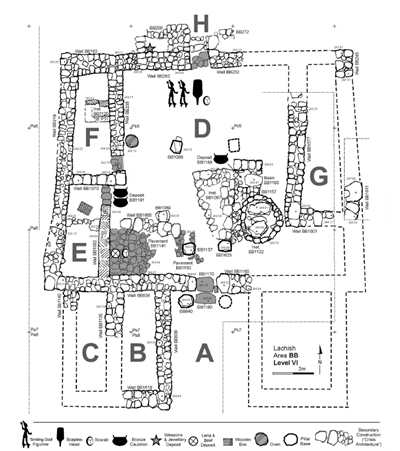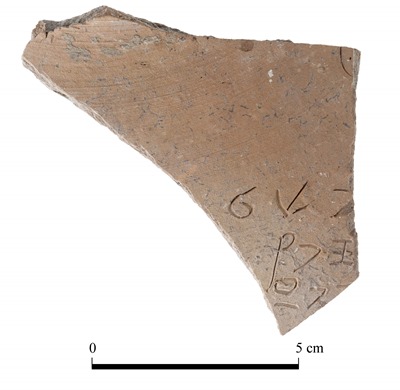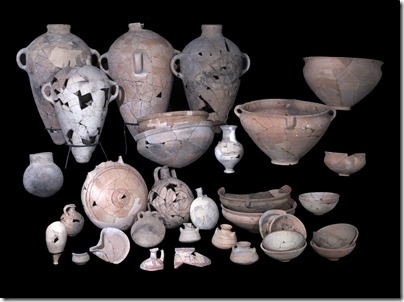“A six year old hiking with his family [at Tel Jemmah] . . . discovered a one-of-a-kind, 3,500-year-old depiction of a naked, humiliated Canaanite prisoner and his victorious warden.”
A new study of organic material on the Iron Age altars from the shrine at Arad indicates that frankincense and cannabis were burned on them in ancient times.
A well-preserved Roman mosaic floor from the 3rd century AD has been discovered in a vineyard in northern Italy.
Archaeologists have discovered a well-preserved 3rd century AD Roman ship in Serbia.
A recent review of Egyptian antiquities in Scotland has identified more than 14,000 objects.
The latest post on the ASOR Blog is about the Egyptians’ views of foreigners.
A Jewish leader in Tehran denies that a traditional tomb of Esther and Mordecai was set on fire. The article in a regime-approved newspaper includes other interesting background about the shrine.
Mark Wilson reflects on Paul’s imprisonments in light of his current confinement in Turkey.
A Times of Israel article describes two new documentaries on the Church of the Holy Sepulcher. In one, a priest explains how the “holy fire” is lit with a lighter.
“Following an extreme and unusually long heatwave last week, Israel on Sunday was hit by showers and unseasonably cold temperatures.”
Museums reopening in Italy will use “chaperones” and vibrating necklaces to ensure people don’t get too close to each other.
Now on pre-pub for Logos: A Christian’s Guide to Evidence for the Bible: 101 Proofs from History and Archaeology, by J. Daniel Hays ($19).
Ferrell Jenkins dug up a great photo to illustrate Isaiah 1:18.
HT: Agade, Ted Weis, Arne Halbakken, Keith Keyser, Explorator
